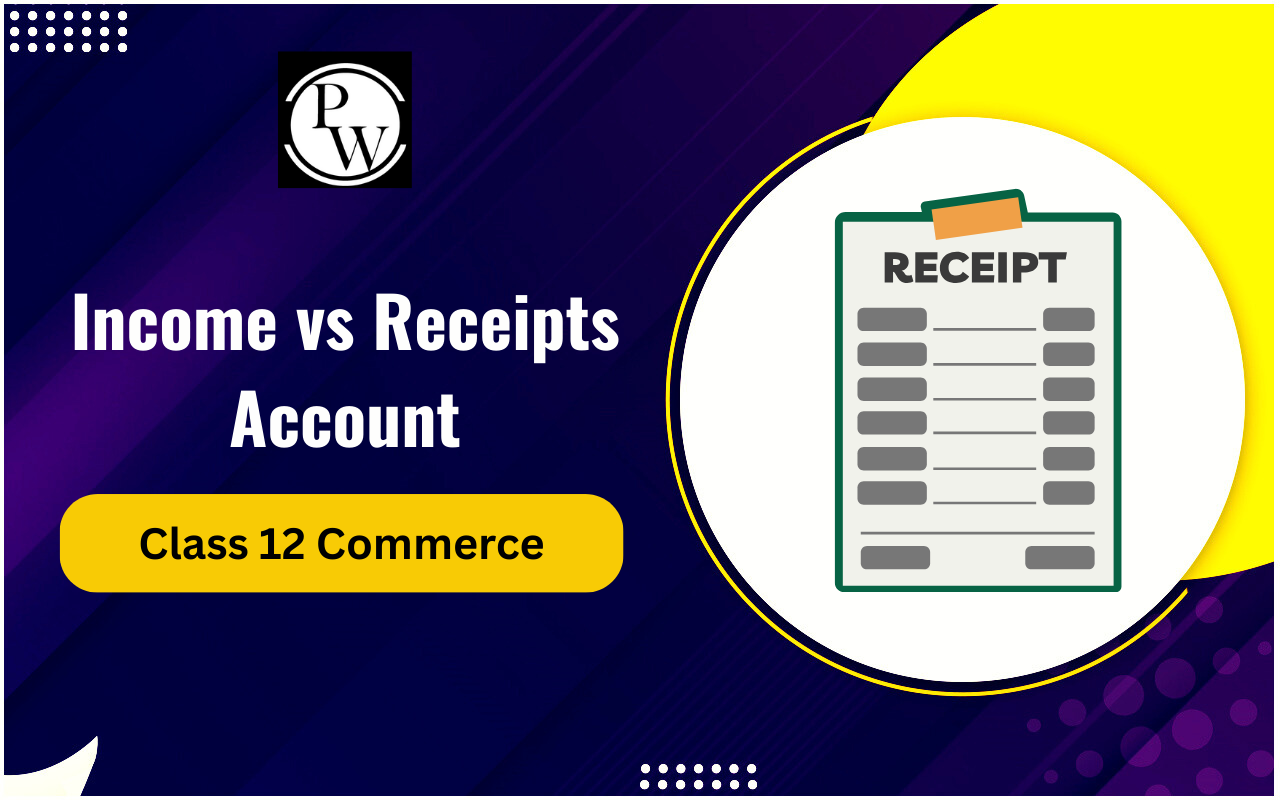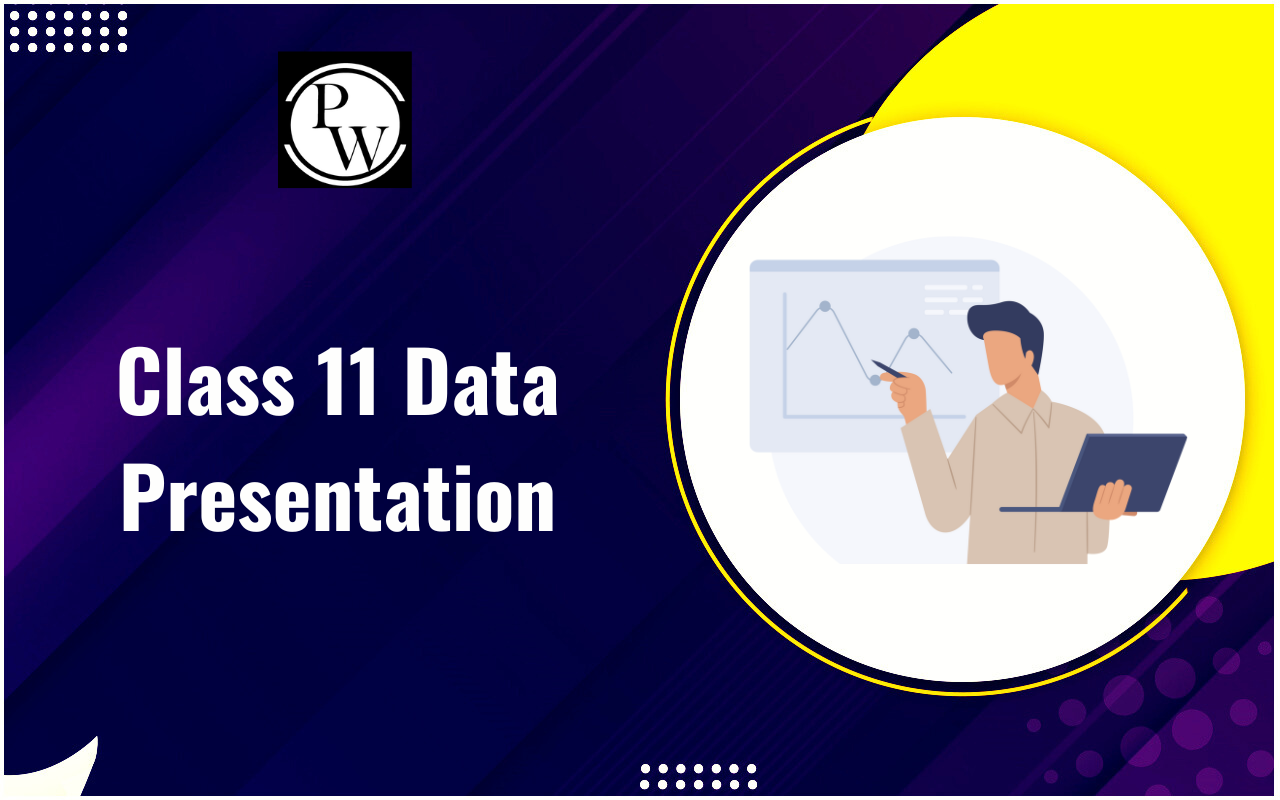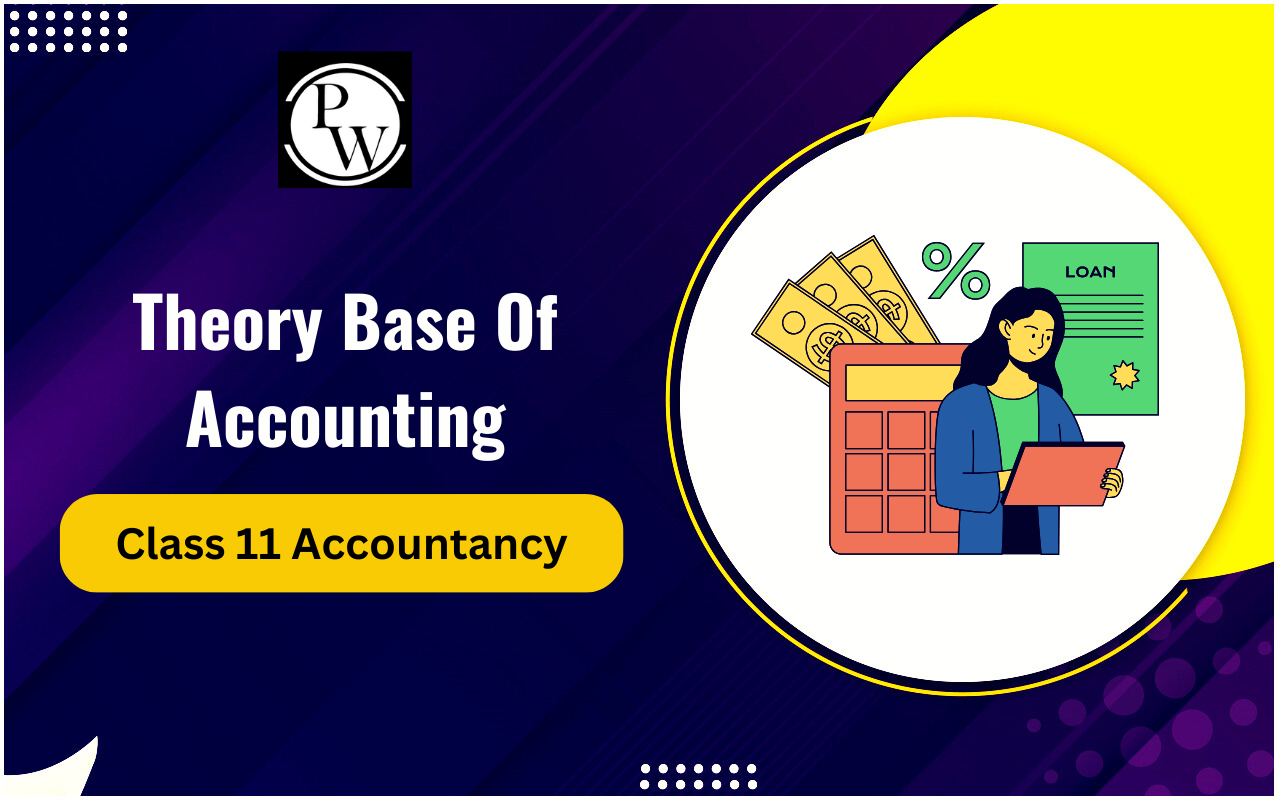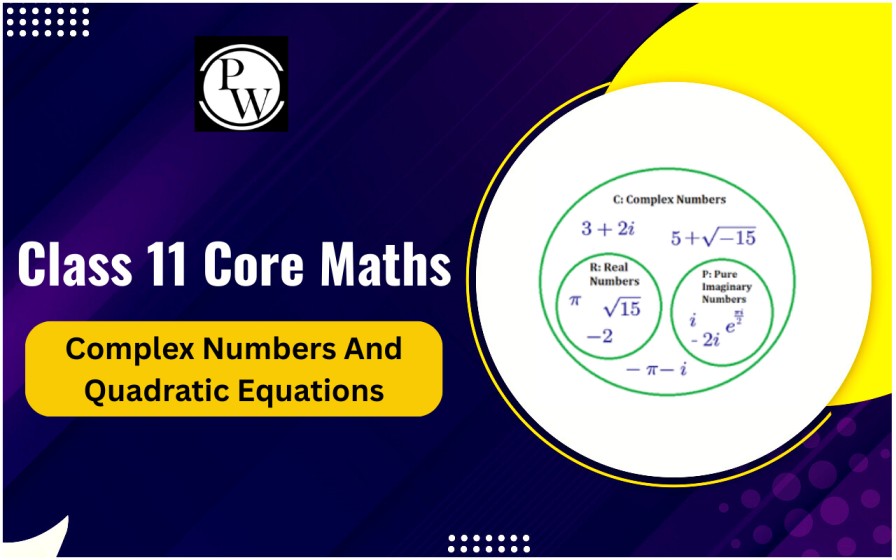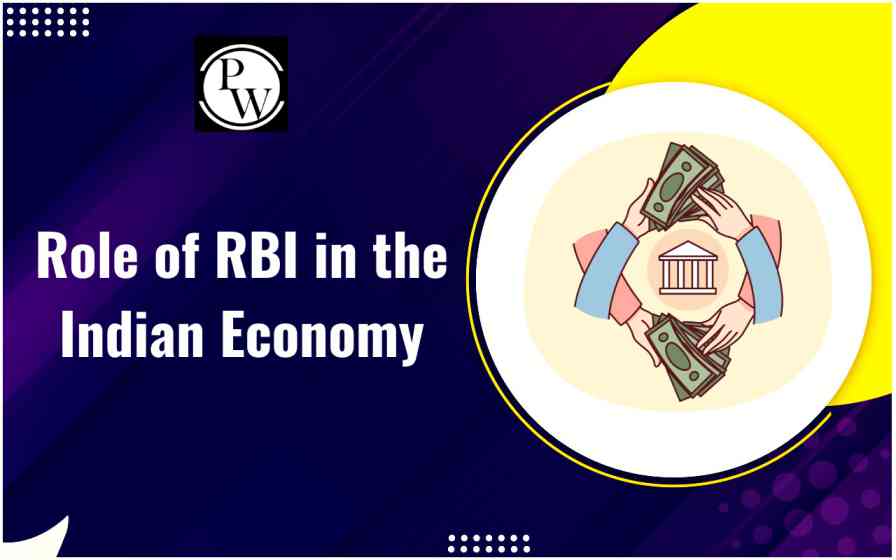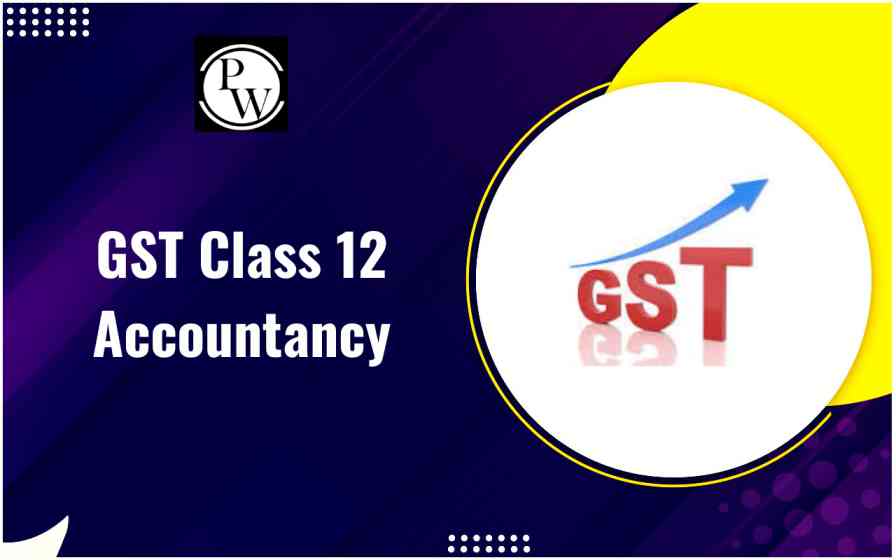
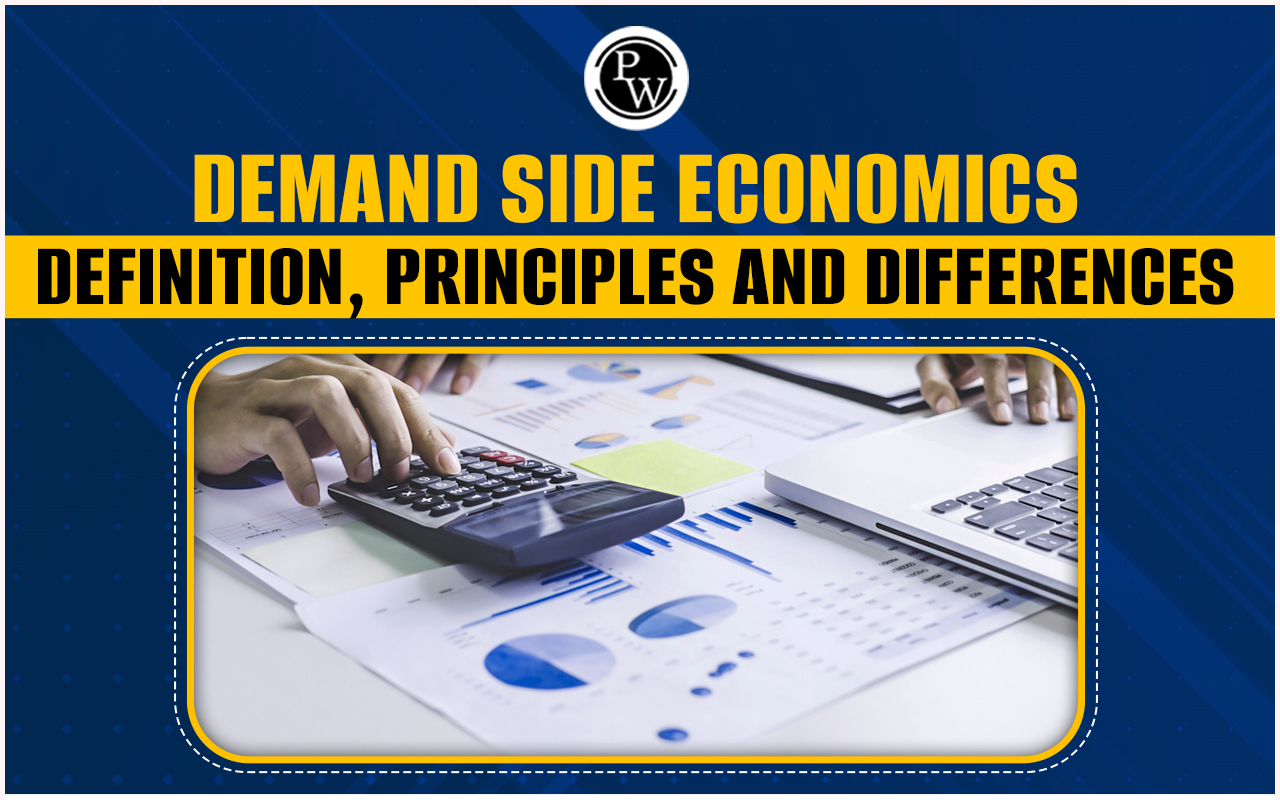
Demand Side Economics is an economic theory that emphasizes the significance of aggregate demand in shaping economic activity and stability. It suggests that overall demand for goods and services drives economic growth, employment, and inflation. According to this perspective, managing and stimulating demand through fiscal and monetary policies—such as government spending and tax adjustments can help stabilise the economy, reduce unemployment, and foster sustainable growth.
By focusing on the role of total demand, demand-side economics advocates for proactive government intervention to address economic fluctuations and support overall economic health.What is the Demand Side Economics?
Demand-side economics is a theory that highlights the critical role of total demand for goods and services in driving economic growth and stability. According to this theory, increasing aggregate demand—through government spending or tax cuts—can stimulate economic activity by boosting production and creating jobs. Conversely, falling aggregate demand can lead to reduced production and higher unemployment. Demand-side economics advocates for government intervention to manage economic cycles, particularly during downturns, by implementing policies that enhance overall demand. The concept of the multiplier effect is central to this theory, suggesting that an initial increase in spending can lead to a larger increase in economic activity as it circulates through the economy. Overall, demand-side economics underscores the importance of managing demand to promote sustained economic growth and mitigate the impact of recessions.Benefits of Demand Side Economics
Demand side economics offers several advantages by focusing on boosting consumer spending and aggregate demand. This approach can lead to robust economic growth and improved living standards. Here are some key benefits of implementing demand-side economic policies:- Economic Growth : Demand-side policies can increase consumer spending, leading to higher levels of production and economic growth. Businesses respond to higher demand by expanding operations and hiring more workers, which contributes to overall economic prosperity.
- Job Creation : Increased demand for goods and services often creates more job opportunities. As businesses grow to meet this demand, they hire additional employees, which helps reduce unemployment.
- Economic Stability : Demand-side policies can help stabilize the economy during economic downturns. By boosting consumer spending and government investment, these policies can mitigate the effects of recessions and promote recovery.
- Enhanced Living Standards : Social welfare programs and tax cuts can improve individuals' quality of life by providing financial support and increasing their purchasing power.
Principles of Demand Side Economics
The Keynesian view of how the economy functions is based on three core principles:- Prices, including wages, often take time to adjust in response to changes in supply and demand. This delay can result in temporary labour shortages or surpluses.
- Economic decisions, whether public or private, significantly affect aggregate demand. For example, reducing consumer spending during a recession can negatively affect the economy. Keynesian economics advocates for government intervention within a mixed economy to counteract these market failures, such as fiscal stimulus. In a mixed economy, both the government and the private sector play roles. The government manages the economy's overall health, particularly during downturns, by implementing policies that enhance overall demand. This can include increasing government spending or cutting taxes to boost consumer spending. The private sector, on the other hand, is responsible for most economic activity, including production and employment.
- Changes in aggregate demand primarily impact real output and employment rather than prices. Additionally, these changes can lead to a multiplier effect, where variations in spending cause proportional changes in output.
| Also Read | |
| Difference between Cost of Debt and Cost of Equity | Audit and Auditors Under the Company Act of 2013 |
| Cost Accounting | Classification of Costs |
Criticisms of Demand-Side Economics
While demand side economics can drive economic growth and stability, it is not without its criticisms. Critics argue that certain aspects of this approach can lead to unintended consequences. Here are some common criticisms of demand-side economics:- Inflation Risk : One major criticism of demand-side economics is the potential for inflation. If aggregate demand grows faster than the economy’s ability to produce goods and services, it can increase prices.
- Government Debt : Increased government spending and tax cuts can lead to higher public debt. Critics argue that excessive debt accumulation can negatively affect economic stability and growth.
- Short-Term Focus : Some critics believe that demand-side economics may focus too much on short-term economic boosts rather than addressing structural economic issues that affect long-term growth and stability.
- Potential Inefficiencies : Government intervention and social welfare programs might lead to inefficiencies or create dependency, affecting economic productivity and growth.
Example of Demand-Side Economic Policies
Demand-side economic policies stimulate economic growth by increasing consumer demand and boosting overall spending. Here are a few examples:- Monetary Policy Adjustments : Lowering interest rates makes borrowing cheaper for consumers and businesses, encouraging spending and investment.
- Government Spending Increases : Boosting public sector spending on infrastructure projects, education, and healthcare to create jobs and stimulate economic activity.
- Tax Cuts : Reducing personal and corporate income taxes to increase household disposable income and business profits can lead to higher consumer spending and investment.
Begin your journey towards academic excellence in Commerce with our comprehensive Class 11 Commerce courses . Master the CBSE syllabus with expert guidance and ace your exams. Enroll now!”
Demand-Side Economics Definition FAQs
What is demand-side economics?
Demand side economics is a macroeconomic theory focusing on increasing economic growth by boosting consumer demand. It suggests that government policies should be designed to stimulate spending and consumption, which drives economic activity and job creation.
How does demand-side economics differ from supply-side economics?
While demand-side economics emphasises increasing consumer demand to spur economic growth, supply-side economics focuses on enhancing production capabilities and reducing business barriers, such as lowering taxes and deregulation, to encourage investment and productivity.
What are the key tools used in demand-side economics?
Key tools in demand-side economics include government spending, social welfare programs, and monetary policy measures such as lowering interest rates to encourage borrowing and spending.
How can demand-side economics impact unemployment?
Demand-side economics can boost consumer demand through increased government spending or lower taxes, leading to higher production and job creation, which can help reduce unemployment rates.
Talk to a counsellorHave doubts? Our support team will be happy to assist you!

Free Learning Resources
PW Books
Notes (Class 10-12)
PW Study Materials
Notes (Class 6-9)
Ncert Solutions
Govt Exams
Class 6th to 12th Online Courses
Govt Job Exams Courses
UPSC Coaching
Defence Exam Coaching
Gate Exam Coaching
Other Exams
Know about Physics Wallah
Physics Wallah is an Indian edtech platform that provides accessible & comprehensive learning experiences to students from Class 6th to postgraduate level. We also provide extensive NCERT solutions, sample paper, NEET, JEE Mains, BITSAT previous year papers & more such resources to students. Physics Wallah also caters to over 3.5 million registered students and over 78 lakh+ Youtube subscribers with 4.8 rating on its app.
We Stand Out because
We provide students with intensive courses with India’s qualified & experienced faculties & mentors. PW strives to make the learning experience comprehensive and accessible for students of all sections of society. We believe in empowering every single student who couldn't dream of a good career in engineering and medical field earlier.
Our Key Focus Areas
Physics Wallah's main focus is to make the learning experience as economical as possible for all students. With our affordable courses like Lakshya, Udaan and Arjuna and many others, we have been able to provide a platform for lakhs of aspirants. From providing Chemistry, Maths, Physics formula to giving e-books of eminent authors like RD Sharma, RS Aggarwal and Lakhmir Singh, PW focuses on every single student's need for preparation.
What Makes Us Different
Physics Wallah strives to develop a comprehensive pedagogical structure for students, where they get a state-of-the-art learning experience with study material and resources. Apart from catering students preparing for JEE Mains and NEET, PW also provides study material for each state board like Uttar Pradesh, Bihar, and others
Copyright © 2025 Physicswallah Limited All rights reserved.






